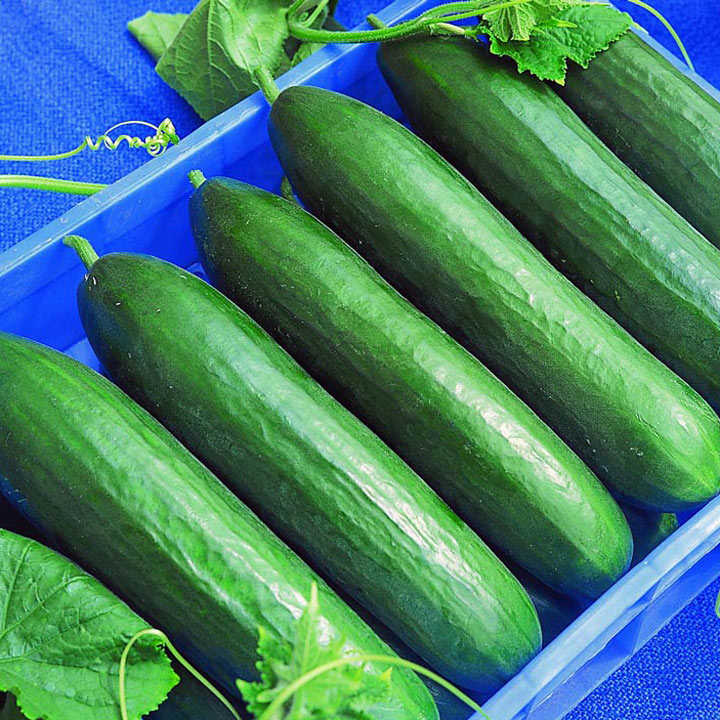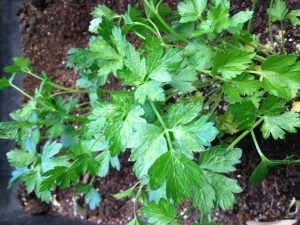Cucumber Companion Plants
Have you any Idea about Cucumber Companion Plants? There are many method of Cucumber Companion Plants. Because, Cucumbers are a rather exuberant crop with blossoms that will sprawl over a lot of distance –the more fit the cucumber plant, the more space they appear to consume. But space requirements aside, cucumbers can play well with more types of vegetables than you think.
Cucumber companion plants are very important then other companion planting. Cucumbers (Cucumis sativus) have been in precisely the same family as squash and melons and will be eaten fresh or pickled for later use. There are some plants which produce great garden neighbors to cucumbers, also several which should be avoided. You may be surprised to know that melons, cucumbers’ cousins, are inferior matches to develop nearby. In this article we will share some interesting ideas about Cucumber Companion Plants.
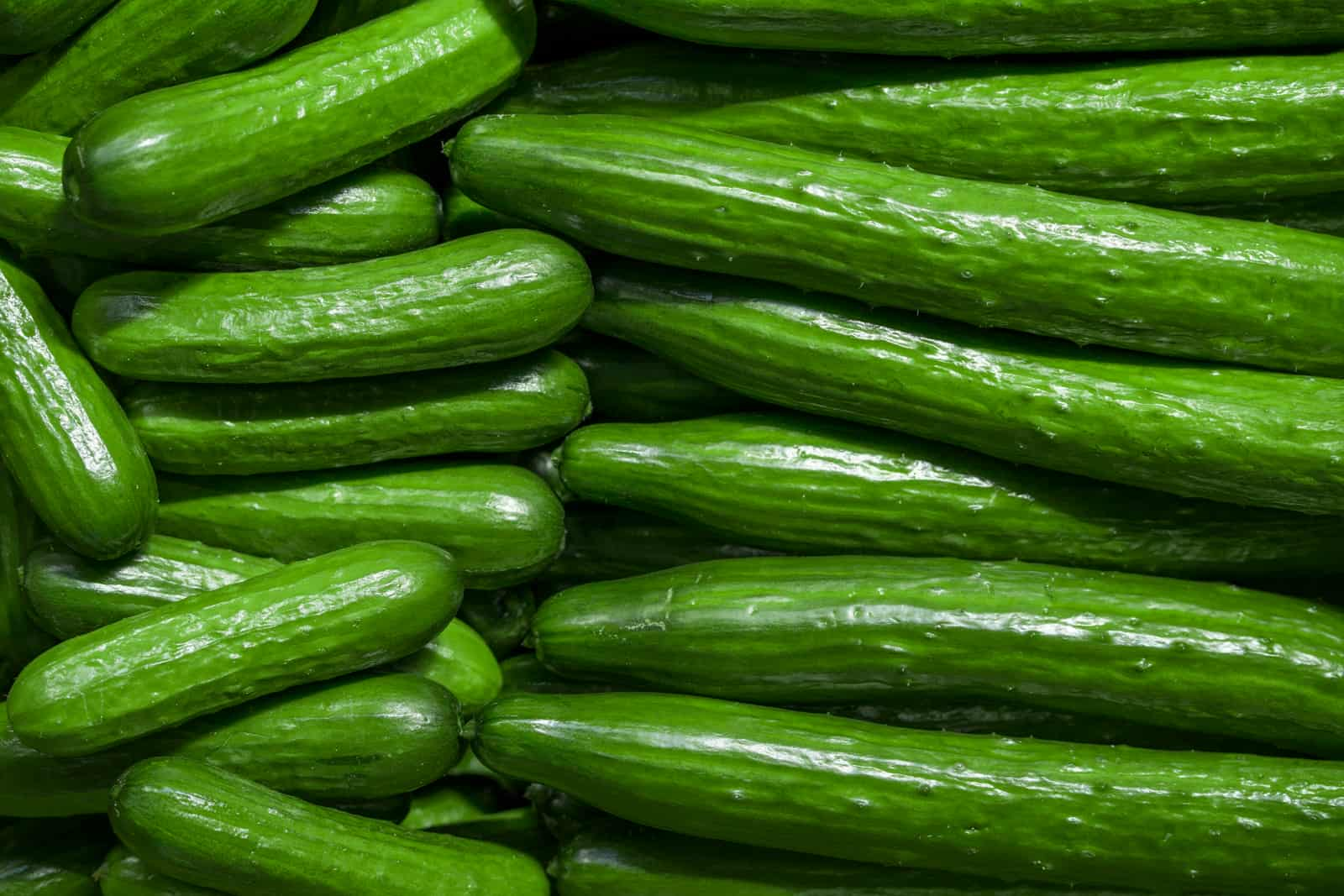
Why Cucumber Companion Planting?
Cucumber companion plants or planting is effective for any lot of factors. Ordinarily, we are apt to plant tidy rows of merely a couple of plant species, and that will bent how nature is designed. These groupings of plants are called mono-cultures. Monocultures are a lot more vulnerable to pest infestation and illness. By increasing the diversity of their garden, you are mimicking nature’s way of minimizing pest and disease attacks. Utilizing cucumber plant companies will not just lessen potential strike, but also shield beneficial insects. Some plants which grow well with cucumbers, like beans, can also help improve the dirt.
Legumes (such as legumes, beans and clover) have root systems which colonize Rhizobium bacteria and fix atmospheric nitrogen, that is later converted into nitrates. Some of this goes towards cultivating the legume, plus some is released into the nearby land while the plant decomposes and is available to some company plants which are growing nearby.
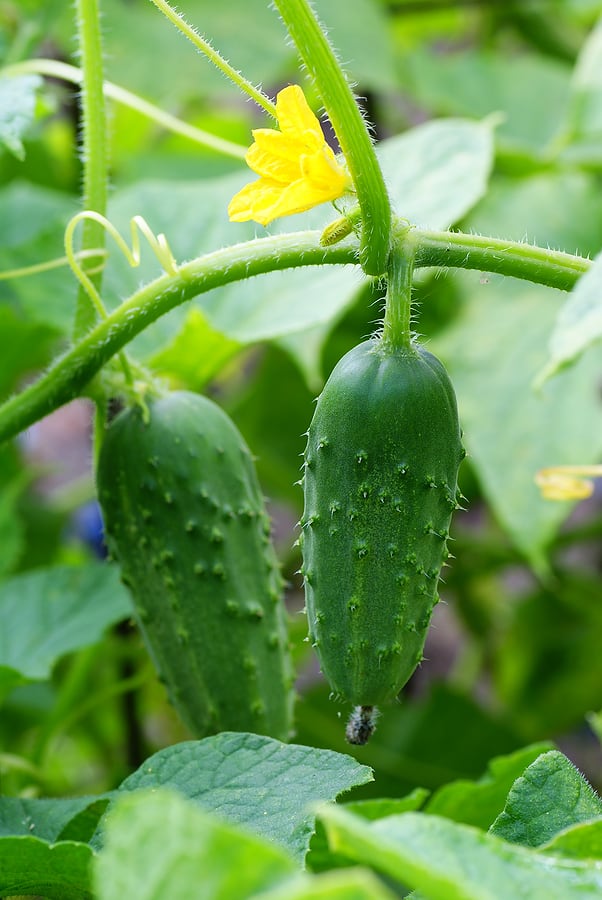
Benefits of Cucumber Companion Planting
Once you invest your energy and time at planting a garden, then it often involves light which you’re on a pursuit for wholesome, nutritious and flavorful food. To harvest this, you have to assume several factors at the same time, most that are vying for the attention. You want to think about seeds and the layout of one’s lawn, just how much sun and just how much color it matches daily.
Depending on your climate you may need to consider irrigation, harvesting and saving of plants. And comes companion planting to make it more complex yet.
Ask anybody who gardens in this manner, and they’ll declare it works and that you should take to it too!
- A Small Number of benefits related to gardening together with company crops are:
- Increased productivity
- natural pest control
- plant support — 3 sisters planting with corn, beans and squash
- capability to attract more pollinators
- conserve space at the backyard — for example, planting deep-rooted asparagus and shallow-rooted strawberries together
- amend/improve the dirt
- The goal of companion planting would be to produce symbiotic relationships where plants provide for each other, in a friendly way. Whatever from color, to physical or nourishment support.
- Therefore, what exactly do you choose to be surrounded by?
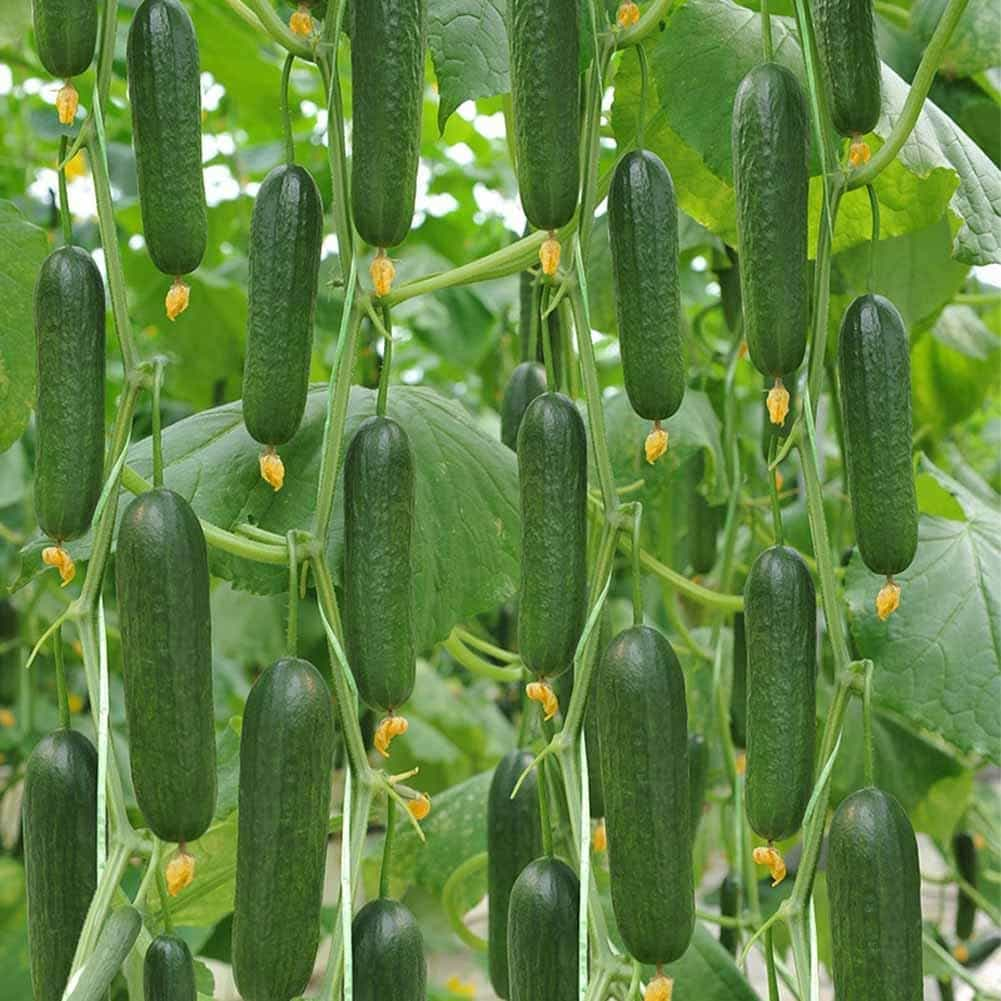
Companion Plants for Cucumbers
Most cucumbers (Cucumis sativus) are prepared to harvest about 50-70 days, which makes them a favorite option to cultivate in the garden. It’s possible to observe eat, real effects in a quick length of time. In other words, if you can keep them. I have regularly read how easy pops are to grow. If you are in precisely the exact same vessel, congratulations! But, growing out of experience, I know that cucumbers can be problematic, especially within colder/wetter climates.
Cucumbers can suffer with bacterial wilt, powdery mildew, a wrought iron virus or even an attack from cucumber beetles. It isn’t easy being green!
Companion planting can help overcome some of these challenges. Here are some hints of what to plant your cucumbers with to get a more reliable crop:
1. Beans
Legumes such as beans and beans may assist you fix important nitrogen in the dirt. That being said, it’s wise to plant bush beans with cucumbers for increased vigor of one’s cucumber crop. It could be wiser still to use a common trellis for the rod beans and your own smoothies. Not only does it save you space in the garden, they are going to enjoy the company of each other too.
2. Beets
Many times, in company planting, we plant certain veggies near each other for reasons of disease prevention.
Other situations the placement of plants may be impartial. And therefore the relationship is harmful, nor beneficial. This may be true for beets.
So, if you are looking for a place to plant more beets on your backyard, then go ahead and sow the seeds near your lemon plants. By all means, go ahead and eat those exceptionally nutritionally beneficial beet greens!! A cure you can rarely find at the store.
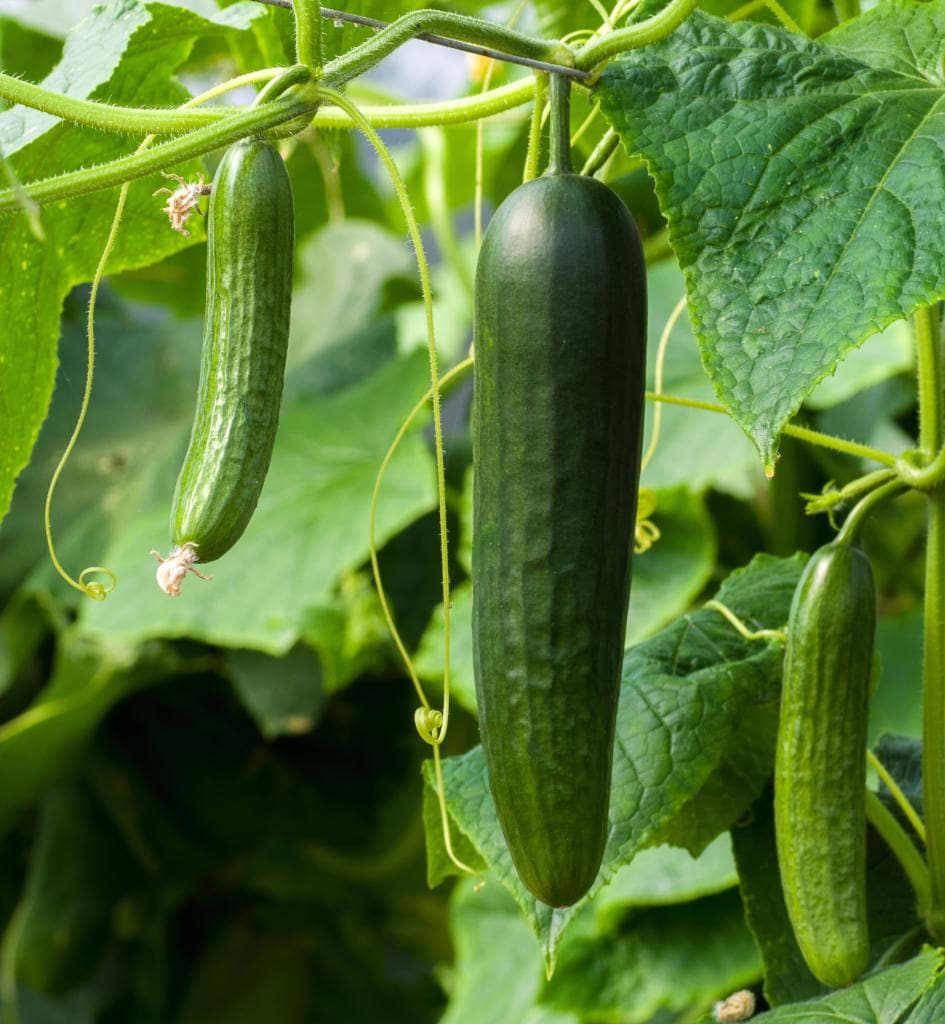
3. Lettuce
If you’re trying to find a vegetable that is incredibly effortless to grow, lettuce is your answer. Sow a line of seeds then one is bound to emerge. Does it ever form a wonderful mind just like you buy from this shop? Perhaps not always. This is exactly why some folks would rather develop leaf lettuce. It’s all lettuce greens once it is ripped up and coated using a homemade vinaigrette.
Lettuce, like a companion plant is good next-to strawberries, radishes, carrots, and you guessed it, cucumbers. Again, for no exceptional reasons, other than the simple fact they don’t dislike each other. For beneficial company plants, that is reason.
4. Dill
If you’re likely to possess one flavor harvest on your backyard, then be it dill. Both young, green leaves that are fresh, in addition to the dill seeds dried blossoms are perfect for pickling.
Dill also attracts lots of fly by and crawl-by beneficial insects like parasitic wasps and other pollinators. In an organic garden, you cannot have too many of those.
You can also observe that dill has a slight effect on the flavor of your own cucumbers. That really is only beneficial in the event that you enjoy the flavor of dill. Only plant it if you’re doing.
5. Corn
Corn, like sunflowers, can act as a service for more compact varieties of cucumbers, should the corn be sufficiently tall as soon as the cokes are planted/transplanted.
Keep this timing in mind when getting started with spring planting. First and foremost, experimentation with companion planting — also maintain notes!
Just because it’s functioned for a single gardener, does not mean it’s going to continue to work exactly the exact good for you. It depends on your own soil, the climate, that the arrangement of planting and more.
Together with time and experience it’ll be far easier, but do not give up before you even get started. If a companion plant doesn’t get the job done for you on your private garden, yet another one surely will.
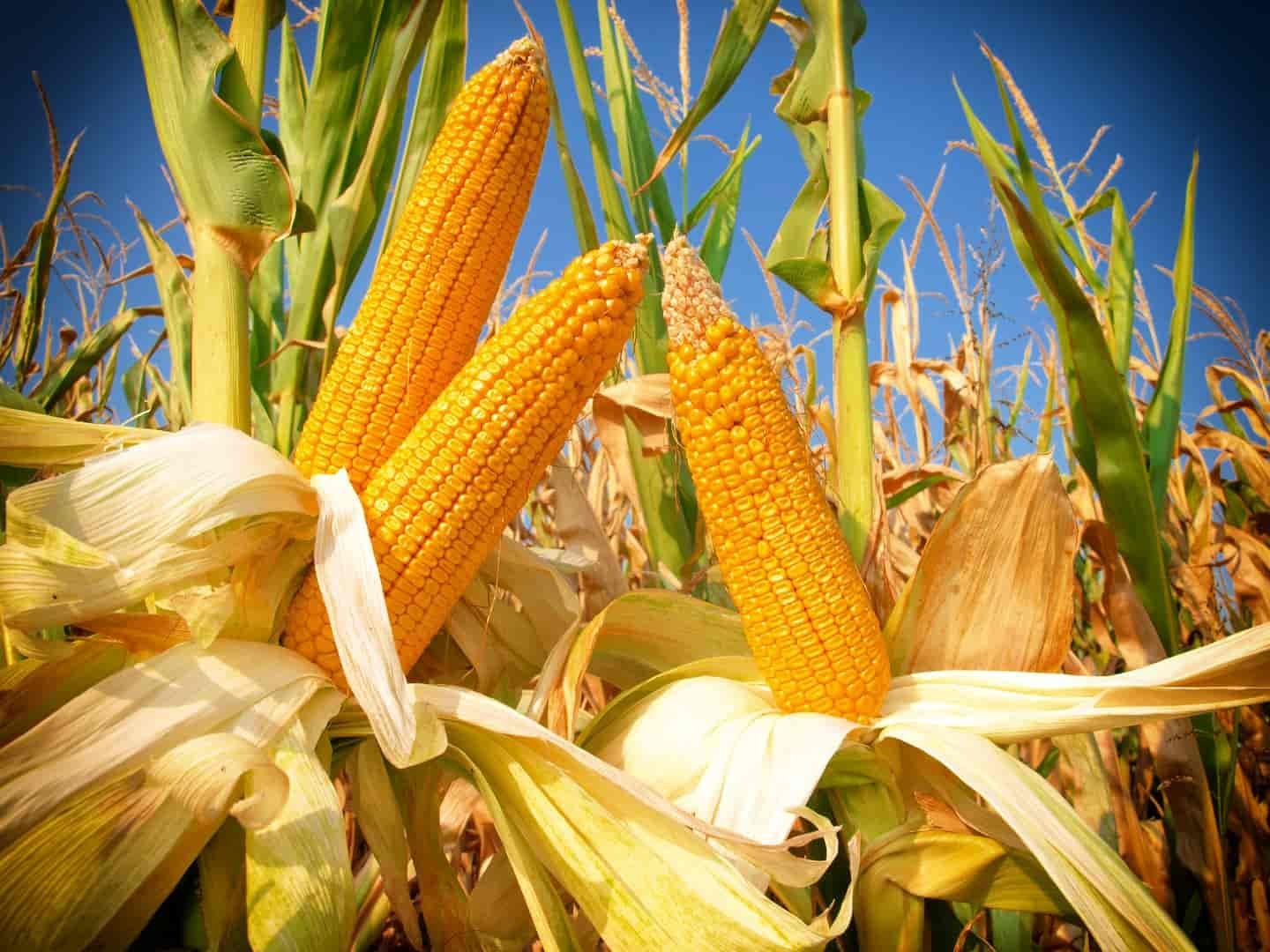
6. Celery
Celery is planted near members of the cabbage family, for its strong odor is supposed to deter the cabbage butterfly. Additionally, it appreciates the company of dill, which we’ll get into in an instant.
So far as combining celery and cucumbers, there’s absolutely not any superior cause to plant, or even plant them together. Yet, it is among those more impartial pairings that means it is easier to distance out the various kinds of vegetables into the garden.
With any size garden, you’ll need as much as such neutral relationships since it is possible to get.
Plants This Grow Well using Cucumbers
Odds are good that you found this article because you are thinking about planting sodas on your garden — and wish only the best because of his or her, as well as your own, success.
Or maybe these companions for backyard grills have found you. Say, you have already planted out your own smoothies, either from seed or transplants, lightly found out about companion planting out of a good friend, or from face book, and so are ready to find out more.
Whatever the case might be, know that company planting rarely lets you down, and most times the rewards will likely be visible. However, there are occasions when it really is more or less effective.
Never let company planting be considered a sole substitute for taking appropriate care of your garden (watering, weeding, fertilizing, mulching, etc.).
Also, keep in your mind that companion planting doesn’t account much for the erratic weather. Chalk it up to see and replant if the growing season allows, or decide to try again next year with a brand new strategy.
At a garden, anything could happen! Have a great time and be ready to have fun in everything develops. Even when some vegetables are misshapen and knobby, as well as if it usually means you simply get to eat some weeds meanwhile.
No one became a master gardener overnight, but we could all keep searching!
Related Posts
If you are really enjoyed from this post you can share this article to your friends and your Facebook, twitter, Pinterest, and other accounts. We will thankful to you!
Here are some related posts that you can read:
What is Nuts? And Types of Nuts
Uses and Benefits of Potash Herbs
10 Most Popular Chinese Dishes
5 Effects of Fast Food on the Body
What is junk food? and why it is harmful for your health?
Top helpful Facts about your Healthy Living

